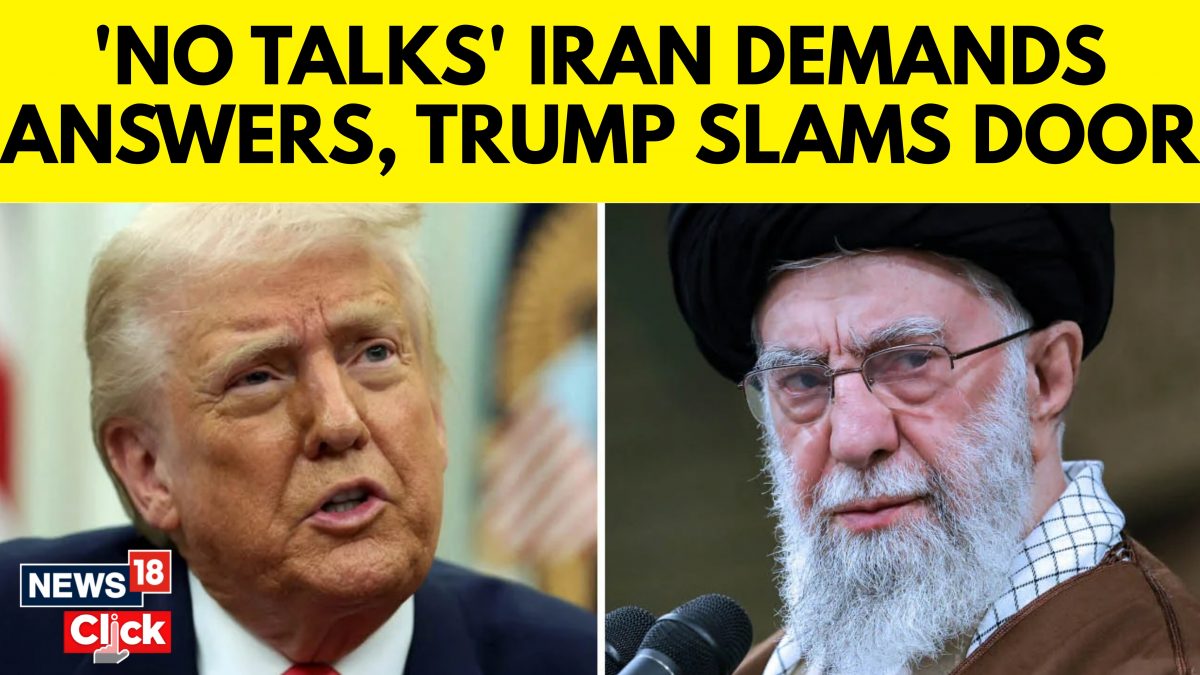Nato leaders pledge increased defence spending – is this really the price for peace and prosperity?

Nato leaders agreed to ramp up defence spending to 5% of their countries’ economic output by 2035 at a summit in The Hague, Netherlands, on June 25. US president Donald Trump, who has spent months saying Europe should take more responsibility for its own security, described the pledge as “a monumental win for the US” and a “big win” for western civilisation.
A few months earlier, in March, the EU also launched its long-awaited white paper on defence. This provides a blueprint for improving Europe’s readiness to respond to military threats by 2030. On top of the fact that global military spending has surged in the past ten years, these developments indicate that the world’s largest nations now prioritise military over economic diplomacy.
One of the main ideas behind military diplomacy is that increased defence spending acts as a deterrent to future conflicts. The nuclear arms race between the US and Soviet Union during the cold war provides some support for this argument. The prospect of mutual destruction was so great that it acted as a deterrent to nuclear war.
But is increased defence spending really the necessary price for greater peace and prosperity? My research on interactions between firms, geopolitics and the political economy of defence indicates that this is no “big win” for society or economic productivity.

Rawpixel.com / Shutterstock
Deterrence requires a level of brinkmanship if it is to work. But as American economist Thomas Schelling pointed out in his 1960 book, The Strategy of Conflict, the problem with brinkmanship is that it relies on deliberately allowing a situation to get somewhat out of hand, with the intention of forcing the other party to back down.
This can result in strategic blunders. Efforts by the former US president, Richard Nixon, to engineer such a situation in 1969 by threatening to use nuclear weapons in Vietnam failed to gain credibility with the Soviets and North Vietnamese. This undoubtedly helped convince North Vietnam that it could survive the war and locked the US into a much longer conflict.
The recent confrontation between Israel and Iran also showed that brinkmanship can produce situations where there are significant casualties and no clear long-term resolution. Iran has long recognised that keeping itself near the threshold of nuclear weapons capability would offer a deterrent against external threats.
But this strategy created many opportunities for error. Israel claimed that Iran was too close to building a nuclear weapon and, alongside the US, launched strikes that they say inflicted significant damage on Iranian nuclear enrichment capabilities and military leadership.
Read more:
Israeli aggression and Iranian nuclear brinkmanship made this confrontation all but inevitable
Beyond this, it is unclear just how much military spending is needed to deter aggression. Nato allies have now committed to a big increase in defence spending – thanks largely to pressure from Trump.
However, even Nato’s previous objective that countries commit 2% of their national income to defence has proved unattractive for many governments. This has even been the case in post-conflict areas such as the Balkans, where Nato has had a heavy involvement.
A costly alternative
Boosting defence spending falls short on delivering economic prosperity, too. Analysing US military spending in the Vietnam war, economist Les Fishman noted in 1967 that military diplomacy was far more costly than its economic equivalent.
Military production requires continuously high levels of investment to maintain technological progress. This sucks public investment from other parts of the economy.
That’s not to say defence spending has an entirely negative effect on the economy. Studies have found evidence that US federal funding of military research and development results in significant increases in private business research in sectors such as chemicals and aerospace.
And, over the past decade, the value of venture capital deals in the US defence industry has grown 18-fold. This far outstrips sectors such as energy and healthcare. But such investment in military-related research and development is also often acknowledged as inefficient and not necessarily the best way to boost productivity.
Fishman pointed out that the Marshall Plan, which provided substantial economic aid to western Europe after the second world war, had a far higher return for the US.
Economic stabilisation kept the Soviet Union at bay for relatively small outlay compared to the Vietnam war, where casualties were of such a magnitude that it made any cost-benefit analysis meaningless.

Department of the Army Special Photo Office / Wikimedia Commons
Boosting defence spending also represents a lost opportunity to invest in more socially beneficial projects. This will worsen the climate crisis.
According to a study shared with the Guardian in May, the initial rearmament planned by Nato alone could have increased greenhouse gas emissions by almost 200 million tonnes a year. The expanded defence commitment will only increase this further.
Unlike defence, where the repurposing of civilian technologies for military uses carries a cost to society, many green investments involve beneficial substitutions that reduce the cost of a green transition.
The substitution of conventional fossil fuel heating and transport systems with heat pumps and electric vehicles, for example, is far more socially beneficial than repurposing civilian satellites for missile systems.
A final point is that military diplomacy is itself geopolitically destabilising. US efforts to contain communism in Asia during the 1950s and 1960s are a good example. Not only did such efforts see China align its trade with other communist states, it also ensured that self-reliance became a cornerstone of China’s economic strategy.
This all suggests that the current drive for deterrence-based military spending carries with it a huge cost for society that could ultimately prove economically wasteful and geopolitically destabilising.



